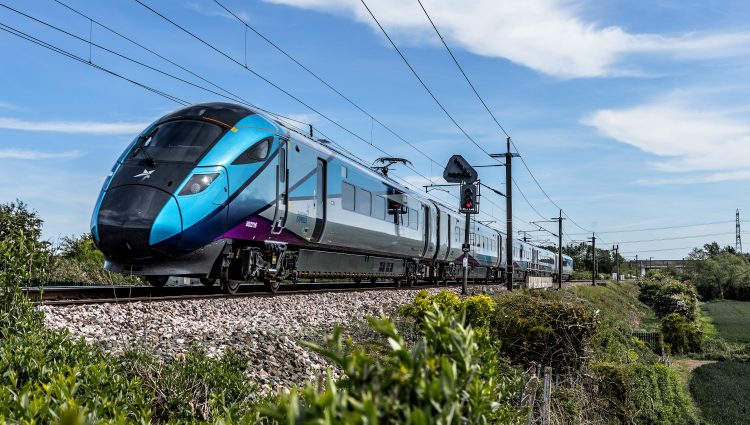As the leaf fall season approaches, TransPennine Express (TPE) has been explaining the impact on rail services and its efforts to minimise them.
TPE is reassuring passengers that it is committed to keeping services running, although it warns that delays or schedule changes are possible if trains have to slow down.

When leaves fall on to fail lines, they can become compacted by train wheels, and can form a surface on the rails that has a similar effect to black ice on roads. TPE’s trains are fitted with railhead sanding technology, which applies coarse sand between the wheels and the rails. This provides extra grip when trains are braking and accelerating. Together with the trains’ Wheel Slide Prevention system, this helps to prevent wheels slipping or locking up.

Steve Whitehead, Lead Driver Manager (East) for TransPennine Express, said: “As the vibrant colours of autumn grace the TPE network, a seasonal obstacle emerges for our trains: leaves on the line …
“This poses significant difficulties for our skilled drivers, who must adapt their driving techniques and, at times, slow down to ensure passenger safety.”
Paul Staples, Fleet, Safety and Service Delivery Director for TransPennine Express, said: “The safety and comfort of our passengers are of paramount importance, and we must ensure a secure and smooth journey experience, even during the challenging autumn leaf fall season.
“However, despite these measures, there are circumstances when speed reductions become necessary.
“We work alongside Network Rail who year-round manage the trees and plants that grow next to the railway, so that we can minimise train delays caused by leaf-fall.
“To stay informed and plan your travels affectively, we recommend checking www.journeycheck.com/tpexpress before your journey.”






Responses
The solution is simply cut back what should not be their in the first place, it was almost void of vegetation in the days of steam for fire safety, maybe best to go back and do the same now.
I like the comment that Transpennine are working with Network rail to manage the trees and plants that grow next to the railway, I have to see this happen as there seems to be a year on year growth of trees and bushes alongside every single railway, often to the extent that it is common to hear branches brushing the sides of trains.
If network rail was to cut back all plants a good metre or so away from the train envelope, then this would reduce the amount of leaves and branches that find them selves onto the track.
When you compare the embankments of 25/30 years ago we did a much better job of managing the trees and plants that grow next to the railway, yes you could argue that the current overgrown state is great for wildlife but we need to think primely of the safety of all rail users, then wildlife second.
A complicating factor to leaves reducing wheel adhesion to the rails has been the change, for all modern trains, from train brakes bearing on the wheel treads to disc brakes. Brake shoes bearing on the treads kept the wheels free of leaf mulch but of course disc brakes do not do this. A combination of leaf mulch on the railhead AND on the wheel treads is often what causes very poor adhesion.
But surely doesn’t that impact the reliability of the brakes if the wheels are covered in the mush?
That would also lead to poor braking distances and therefore more training needed?